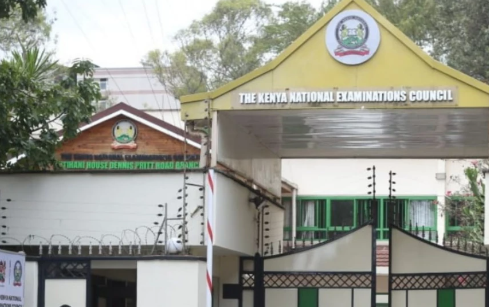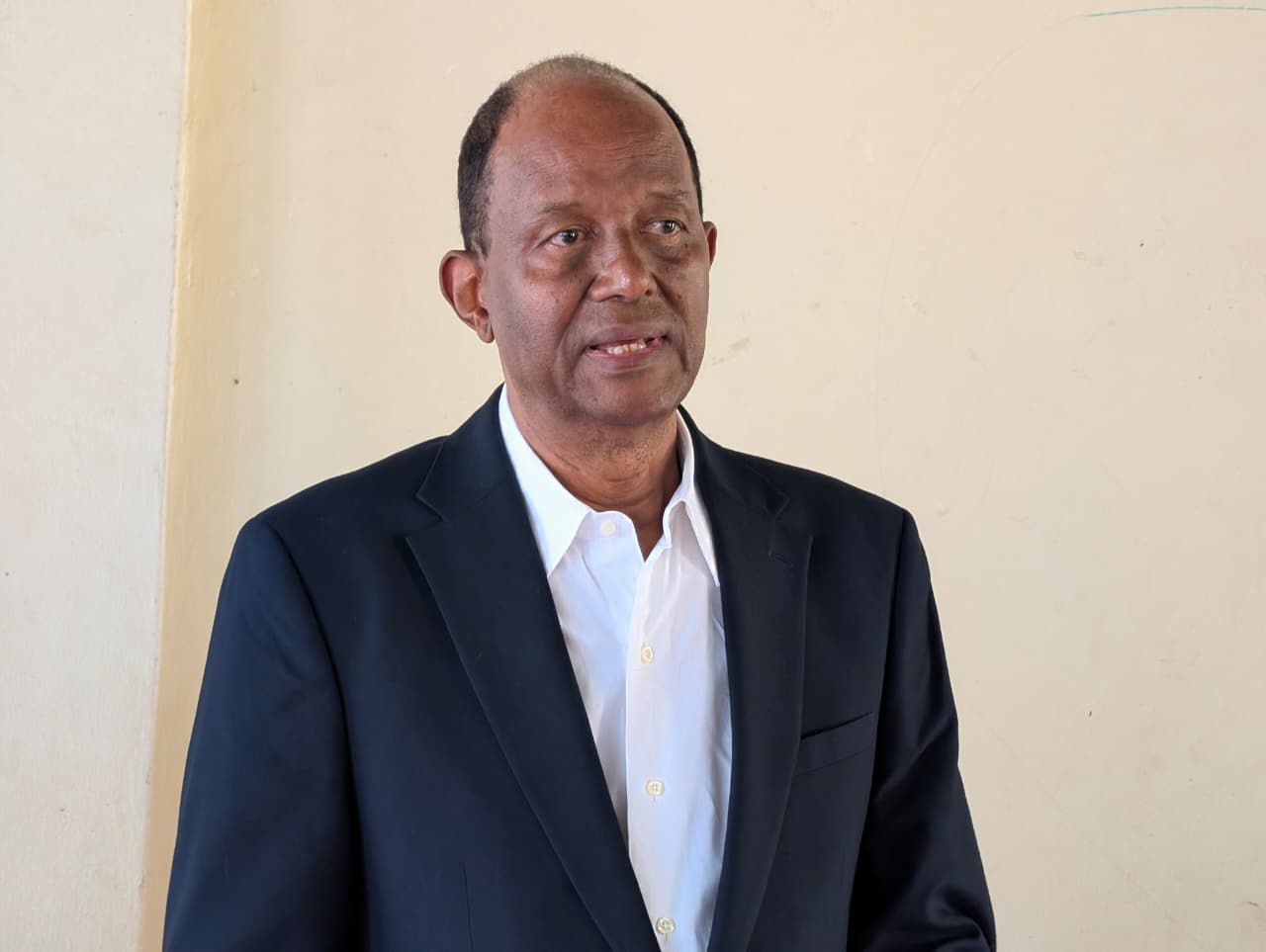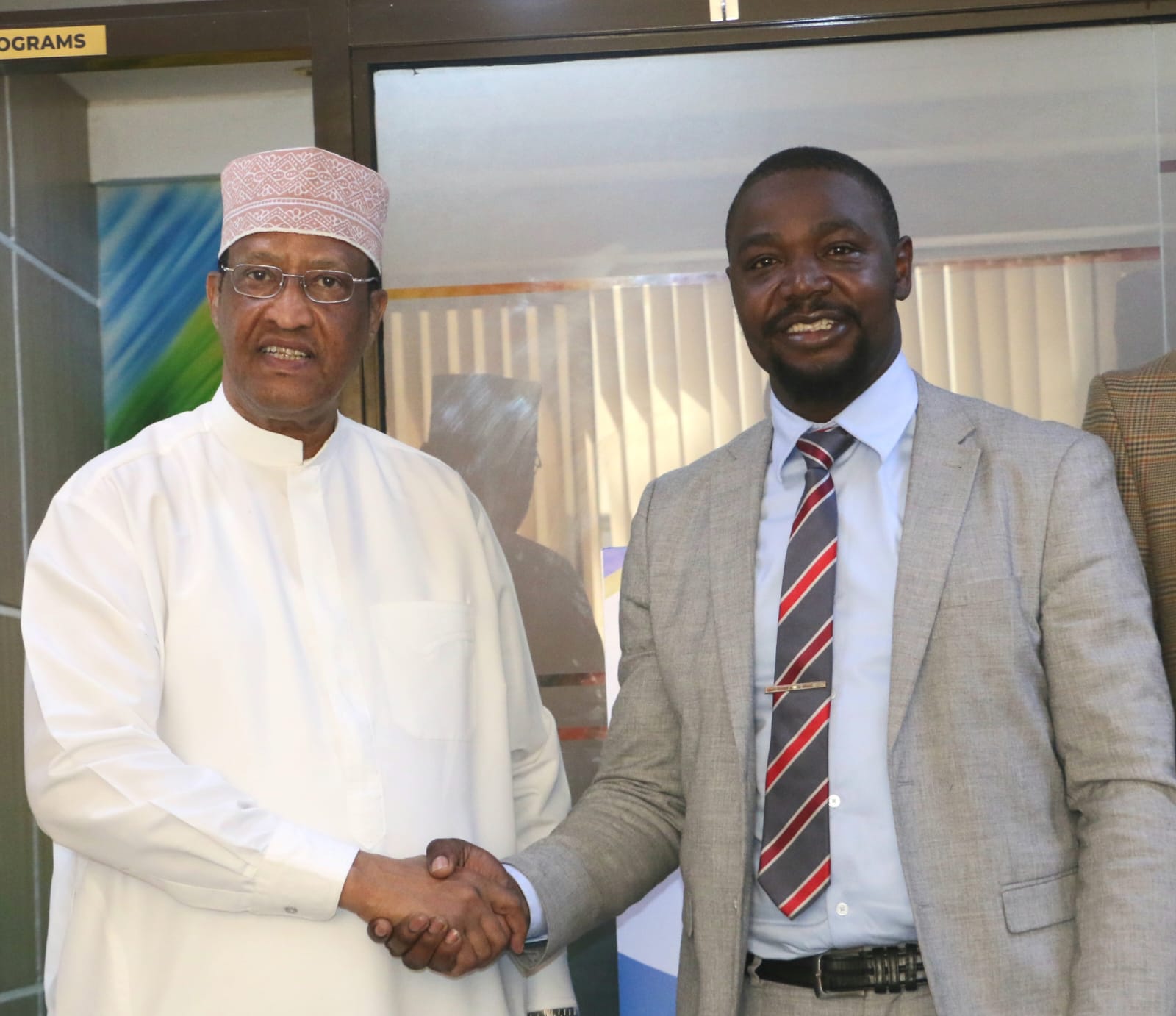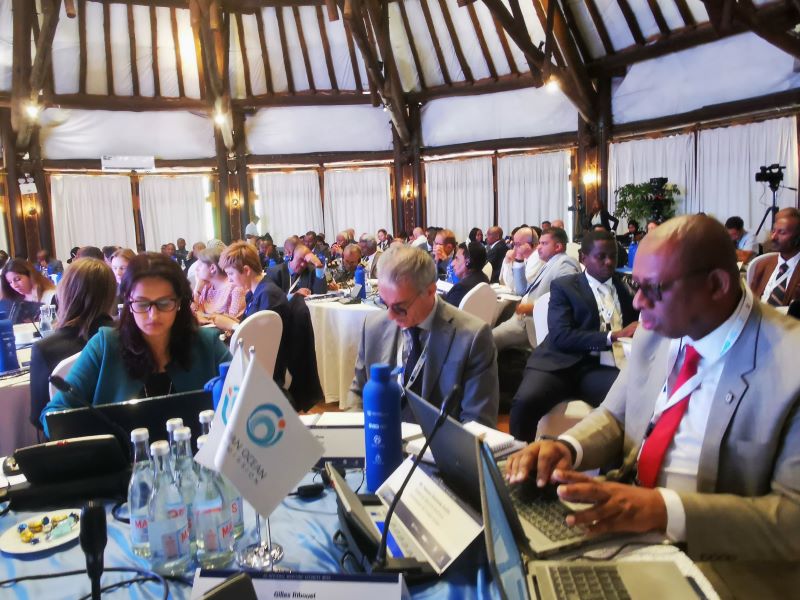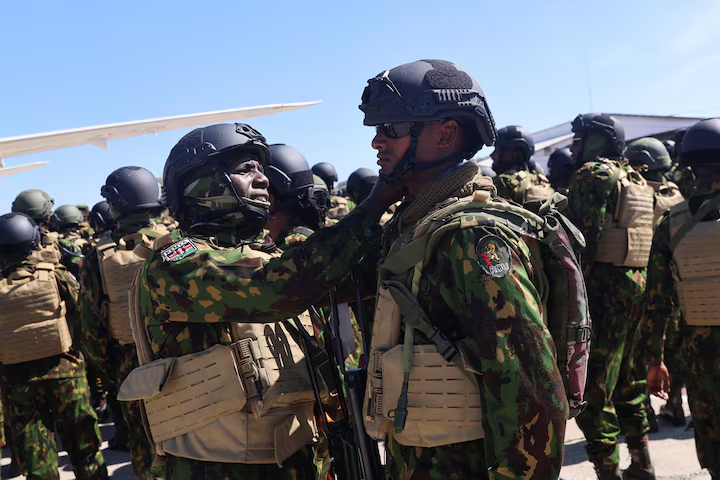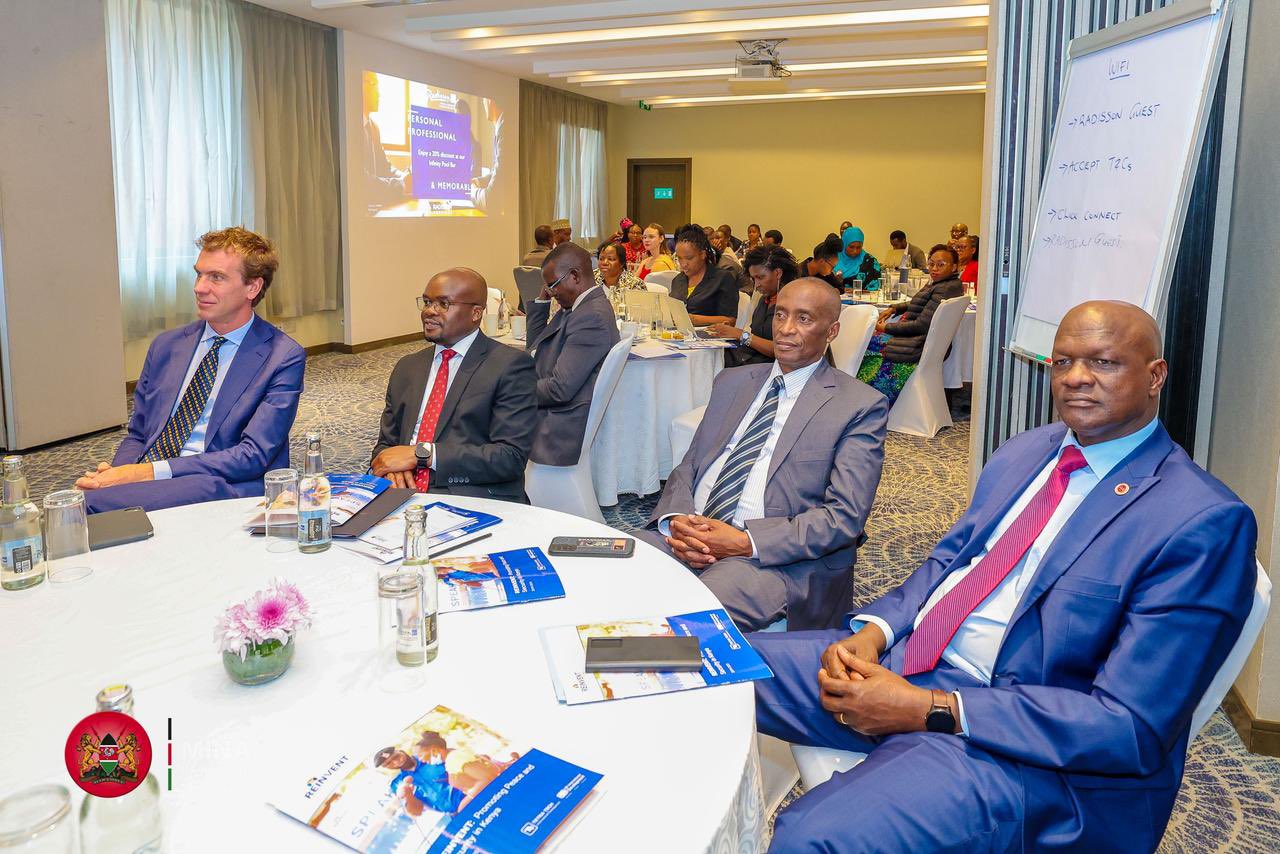TSC still using 1997 rules to pay hardship allowance, MPs demand urgent review
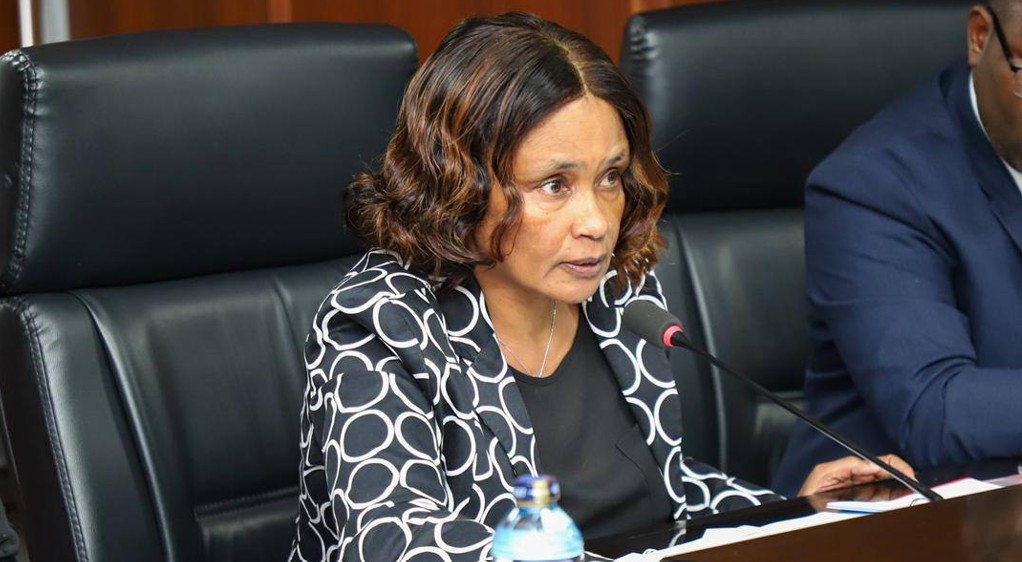
Acting TSC CEO Eveleen Mitei explained that the list of designated hardship areas remains unchanged, as the mandate to review the classifications now lies with the PSC.
The Teachers Service Commission (TSC) has confirmed that it is still using a 1997 legal notice to determine hardship allowance payments for teachers, pending further guidance from the Public Service Commission (PSC).
Acting TSC CEO Eveleen Mitei clarified this while appearing before the National Assembly’s Implementation Committee, where legislators criticised the current system as outdated and discriminatory.
More To Read
- TSC extends junior school internship contracts by another year despite growing unrest
- MPs propose part-time roles for TSC chair, commissioners to save Sh70 million annually
- Home Science hit hard as teachers exit for lucrative private ventures - TSC director
- TSC confirms shift to SHA cover for teachers from December 1
- Public service pension contributors exceed 500,000 as fund grows
- SHA medical scheme for teachers launches midnight amid system errors, legal challenge
Mitei explained that the list of designated hardship areas remains unchanged, as the mandate to review the classifications now lies with the PSC.
“We have been told that the Public Service Commission is reviewing this, but for now, we are using the legal notice to pay the allowance,” Mitei said in response to a question from Committee Chairperson Raphael Wanjala.
Wanjala took issue with the criteria, describing it as inconsistent and unfair. He noted that some teachers in the same constituencies are excluded from the hardship allowance due to unclear classifications.
“What criteria are you using in giving this hardship allowance? You find one area in the same constituency has been designated as hardship while another is not,” he said.
“Teachers, therefore, seek to go to areas with hardship allowance, leaving the other areas with no teachers. You find that there are many teachers in one school who are just idle and are on TikTok throughout, because they bribe your officers on the ground to get the hardship allowance.”
Deployment imbalances
Other MPs echoed these concerns, highlighting imbalances in teacher deployment caused by the uneven classification of hardship zones. Kajiado East MP Kakuta Ole Maimai said urban schools in his constituency are overstaffed while rural schools remain severely understaffed.
“In some schools, especially in urban areas, there are too many teachers, while those in remote areas have none,” he said.
In May, Prime Cabinet Secretary Musalia Mudavadi told Parliament that the government was working to harmonise hardship area classifications in order to reduce growing public expenditure. He cited findings from an Inter-Agency Technical Committee that had consulted stakeholders and reviewed existing policies.
“I wish to inform the House that the implementation of the Inter-Agency Technical Committee report will reduce the financial implication for payment of hardship allowance from Sh25 billion to Sh19 billion per annum, thereby making a saving of Sh6 billion to the government,” Mudavadi said.
“This is as a result of the proposed harmonisation of the designated hardship areas in the public service.”
Implementation suspended
However, in July, Public Service Cabinet Secretary Geoffrey Ruku announced that the government had suspended implementation of the report after facing resistance from teachers, civil servants, and political leaders.
“We have decided to hold on to the report for now. We need to re-evaluate it together with stakeholders and elected leaders before its implementation,” Ruku said, noting that the decision was made in consultation with the Ministry of Education.
The suspension sparked outrage in Parliament. Nyando MP Jared Okello questioned why lawmakers had not been officially informed of the decision. Raising the matter with Speaker Moses Wetang’ula, he demanded accountability from the relevant ministry.
“I have read in the media that the government has halted the implementation of the report, while we, who raised the matter in this House, have not been appraised on it,” Okello said.
In response, Speaker Wetang’ula advised the MP to submit a formal request to allow the House leadership to address the issue.
Currently, there are glaring inconsistencies in how hardship areas are designated across public institutions. While the civil service, county governments, and state corporations recognise 16 hardship zones, the Judiciary has 21, and the TSC uses 44.
MPs argue that the criteria used to define hardship areas are outdated and fail to reflect current conditions, including improvements in infrastructure, service delivery, and socio-economic development. They are calling for a comprehensive and transparent review process.
Hardship areas are typically defined as regions lacking essential infrastructure and services such as food, water, transport, healthcare, communication, and education, as well as areas with poor security and high poverty levels.
The hardship allowance, introduced in 1969, was intended to attract and retain public servants in such challenging environments.
Article 41 of the Constitution guarantees all workers fair labour practices, including equitable pay and decent working conditions.
Additionally, Section 10 of the Human Resource Policies and Procedures Manual for the Public Service provides for hardship allowance payments to officers posted to designated areas.
Top Stories Today


